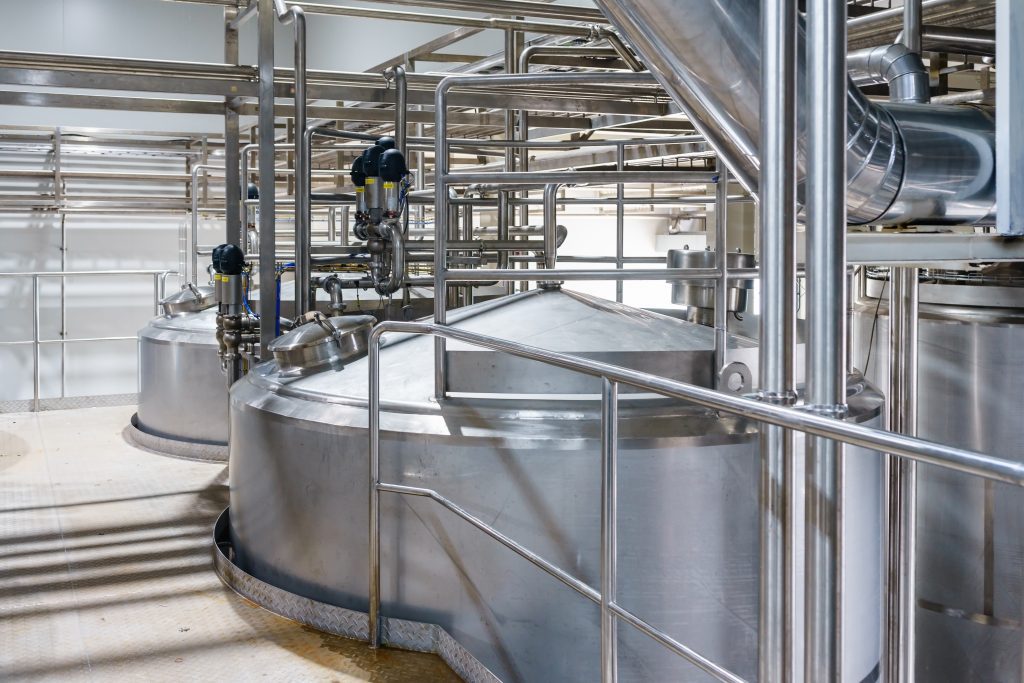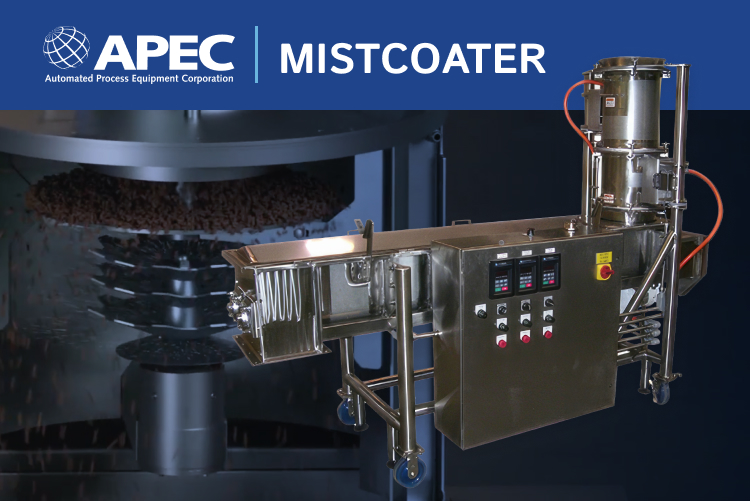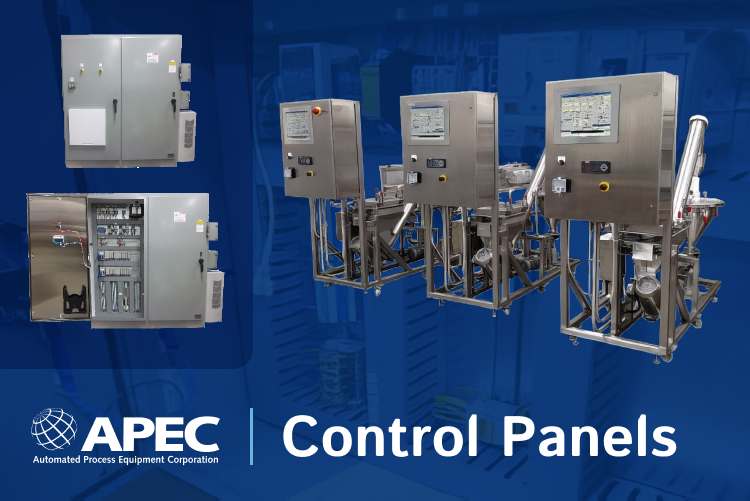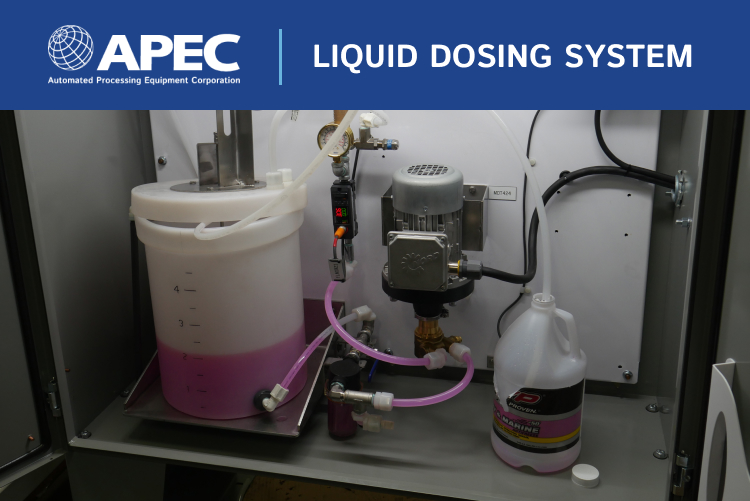
There is no one-size-fits-all for ingredient mixing systems design, whether you are working in snack foods, animal feed, dry bulk solids or any other industry. Ingredient mixing system designs require careful consideration of all ingredients as well as production schedules, variation, storage and more. In this blog, we’ll provide a basic roadmap for automated ingredient mixing system design that business owners, facility managers, engineers and others can easily follow.
Automated Ingredient Mixing System Design Checklist
Planning System Design Requirements
Your ingredient mixing system design starts with needs and goals, including your ingredients, production volume and product variation. The accuracy of this initial information will determine the design of the rest of your system, so it’s important to be as clear and correct as possible at this stage.
You’ll need all of the following information
- Ingredients: number, names, bulk density, weight, ingredient delivery schedule, special considerations (friability, viscosity, adhesion, particle size variation etc.)
- Production: daily, weekly, monthly amounts
- Environment: temperature, humidity, seasonal changes
This information will not only help you design your ingredient mixing systems for volume and production, but will also help you avoid any complications that could arise from system’s surrounding environment, or challenges with the materials or ingredients themselves, such as material segregation or flow control problems.
Perfect your dry mix
Download The Guide: 8 Key Equipment Decisions to Perfect Your Dry Mix
Storage Bins
Your production volume, number of ingredients, and ingredient delivery schedule will help you determine the size and number of storage bins you will need. Consider the minimum and maximum production levels of your facility, as well as the minimum and maximum ingredient volume delivery for each ingredient to determine the storage bin size you will need. Also, consider any safety requirements you will need when unloading ingredients, or any special considerations the ingredients may need during storage, such as temperature requirements or bin coatings for acidic or adhesive ingredients.
Consider these factors as you design your ingredient loading and storage area:
- Storage bin size
- Storage bin placement
- Unloading area
- Unloading safety requirements
- Bin coating requirements
Feeder Design
Feeders are one of the most important parts of your ingredient mixing system design. Designing your feeder improperly can cause incorrect measurement and mixing, resulting in product defects, or slow-downs and downtime when ingredients don’t move through the feeder at the desired rate.
The maximum and minimum weight of each ingredient you determined in the planning stage can help you determine your feeder volume output. The feeder must be able to feed the smallest micro-ingredients as well as high-volume base ingredients, all within tolerances. This may mean installing multiple feeders or installing additional features on one feeder, such as speed controls. You’ll also need to determine your feeder drive mechanism, either hydraulic or electric, as well as a cut-off valve to prevent flushing.
To get the right feeder, consider the following:
- Feeder volume output
- Number of feeders or features
- Feeder drive
- Feed cut-off valve
- Accuracy
Scales
To properly design and install scales for your ingredient mixing system, you’ll need to determine the maximum and minimum number and amount of ingredients you’ll be measuring, as well as how accurate the measurements must be. Remember that scales, like feeders, must be capable of meeting volume and accuracy requirements for micro- and macro-ingredients. This means they should be large enough to handle heavy volumes, but accurate enough to measure micro-ingredients without too much error. If there are large variations between your ingredients, using several scales or diluting ingredients can help you maintain accuracy.
The type of scale you choose will also have a dramatic impact on the system at large. The right type of scale can help you save time and eliminate extra processes, like a conveyor scale, make mixing easier and more uniform, like a conical scale hopper, or integrate with a variety of bins, like a roll-over tub. The best scale type will depend on your facility, ingredients, and product.
You’ll need to know the following:
- Maximum scale weight
- Maximum scale error
- Number of scales
- Scale inclusion rate
- Scale display resolution
- Scale type
Mixer
It’s important to choose a mixer that will properly mix all ingredients together, but will also give you an efficient cycle time. You’ll need to measure the cycle time of your mixer and compare it to the cycle time of your weighing and discharging system for maximum efficiency. This will allow you to run all processes simultaneously, instead of leaving your mixer or feeders idle. You’ll also need to consider any special requirements of your ingredients, such as adhesion, friability or heat and shear. Finally, remember that the mixer must be filled at least to swept volume to work properly, so all ingredient mixes, including the lowest possible volume, must fill the mixer at least to swept volume.
Consider all of the following for your mixer:
- Mixer cycle time
- Mixer footprint and profile
- Mixer swept volume
- Ingredient considerations
Controls
Without the right control system, even the best ingredient mixing systems designs won’t work. Your control system keeps you automated system running smoothly, and alerts you to any problems. You’ll need to choose a computer or PLC that integrates easily but completely with your system design. This means your controls must be able to work with all of your inputs and settings, including multiple feeder or mixing speeds, scales, sensors, and all upstream or downstream functions.
Keep in mind that your system, ingredients and recipe may change, and your controls may need to be reprogrammed at some point. The best control systems will adapt to your needs without the need for complex programming knowledge.
To get the right controls you’ll need to know:
- Number of scales
- Number of feeders
- Number of mixers
- Variable speed controls
- Sensors and alarm conditions
- Upstream or downstream processes
- Reprogramming conditions
To complete your system, you’ll also need to consider upstream and downstream processes, which may vary depending on your ingredients, ingredient delivery system, and batching process. At each point in the process, your environmental conditions will also be a concern, as high temperatures or humidity can cause materials to separate, stick, or flow slowly. As you design and build your system, work closely with your equipment manufacturer to make sure your system is build for your ingredients and volume.








3 thoughts on “Complete Ingredient Mixing Systems Design Checklist”
Comments are closed.